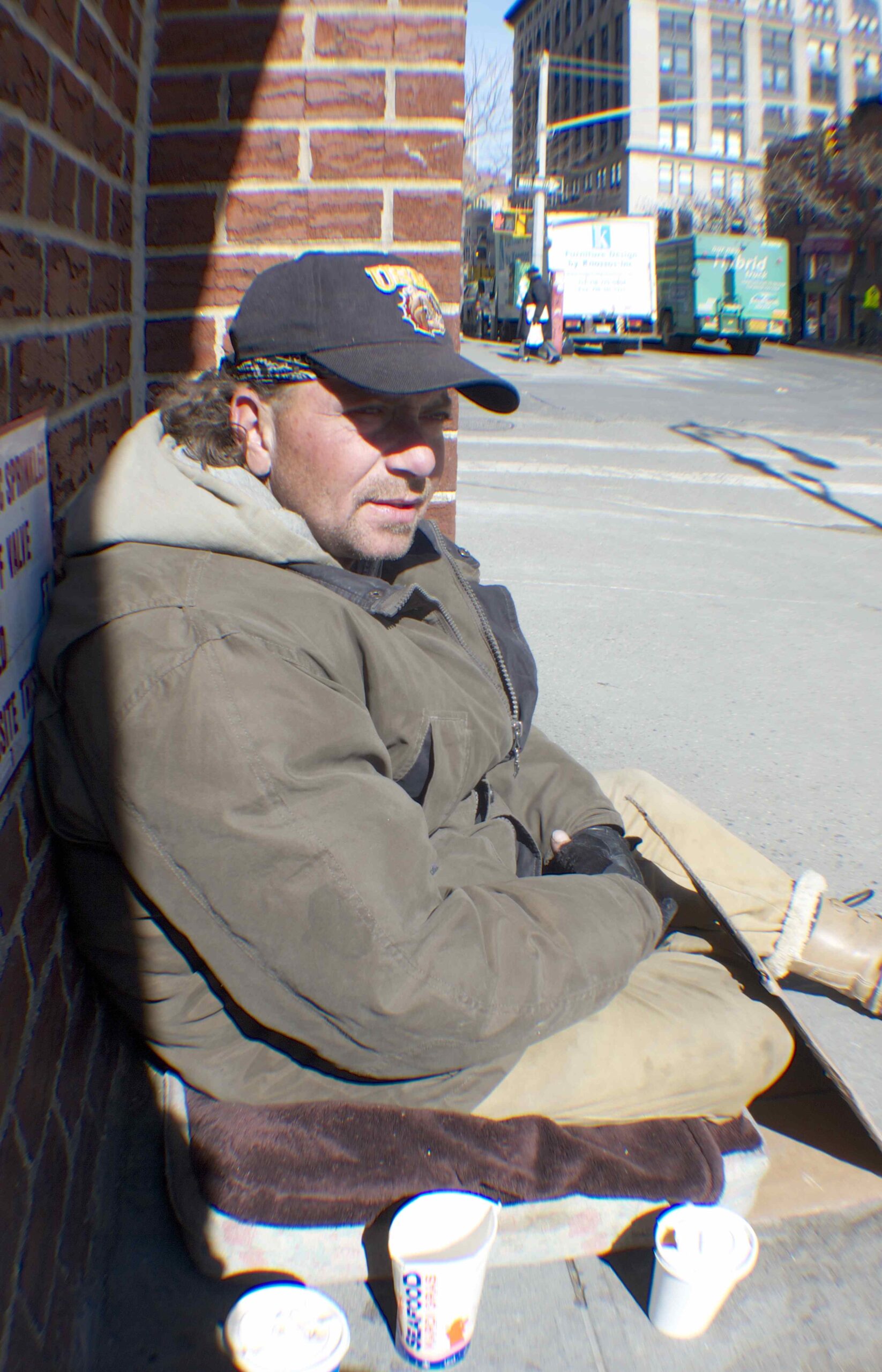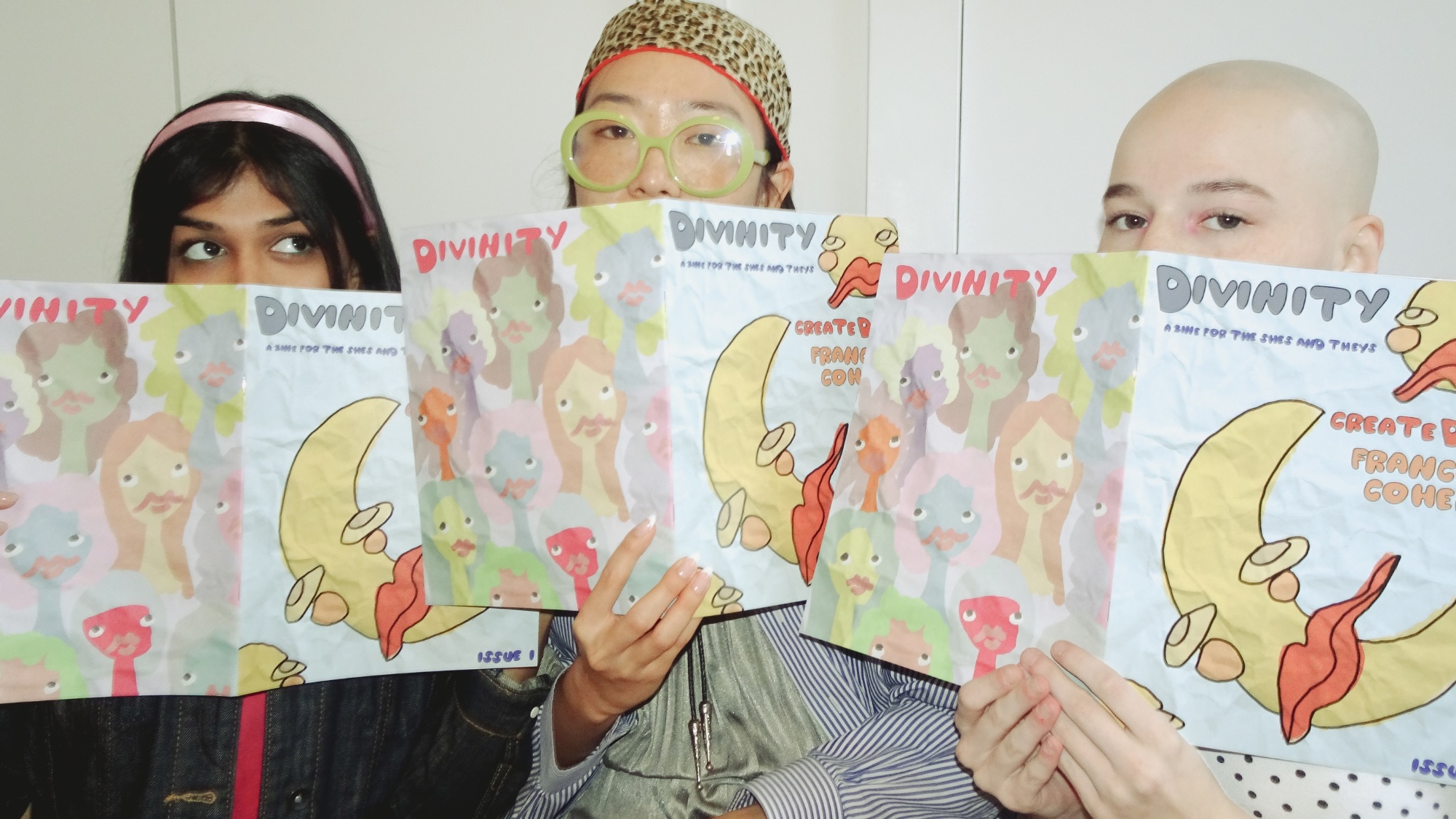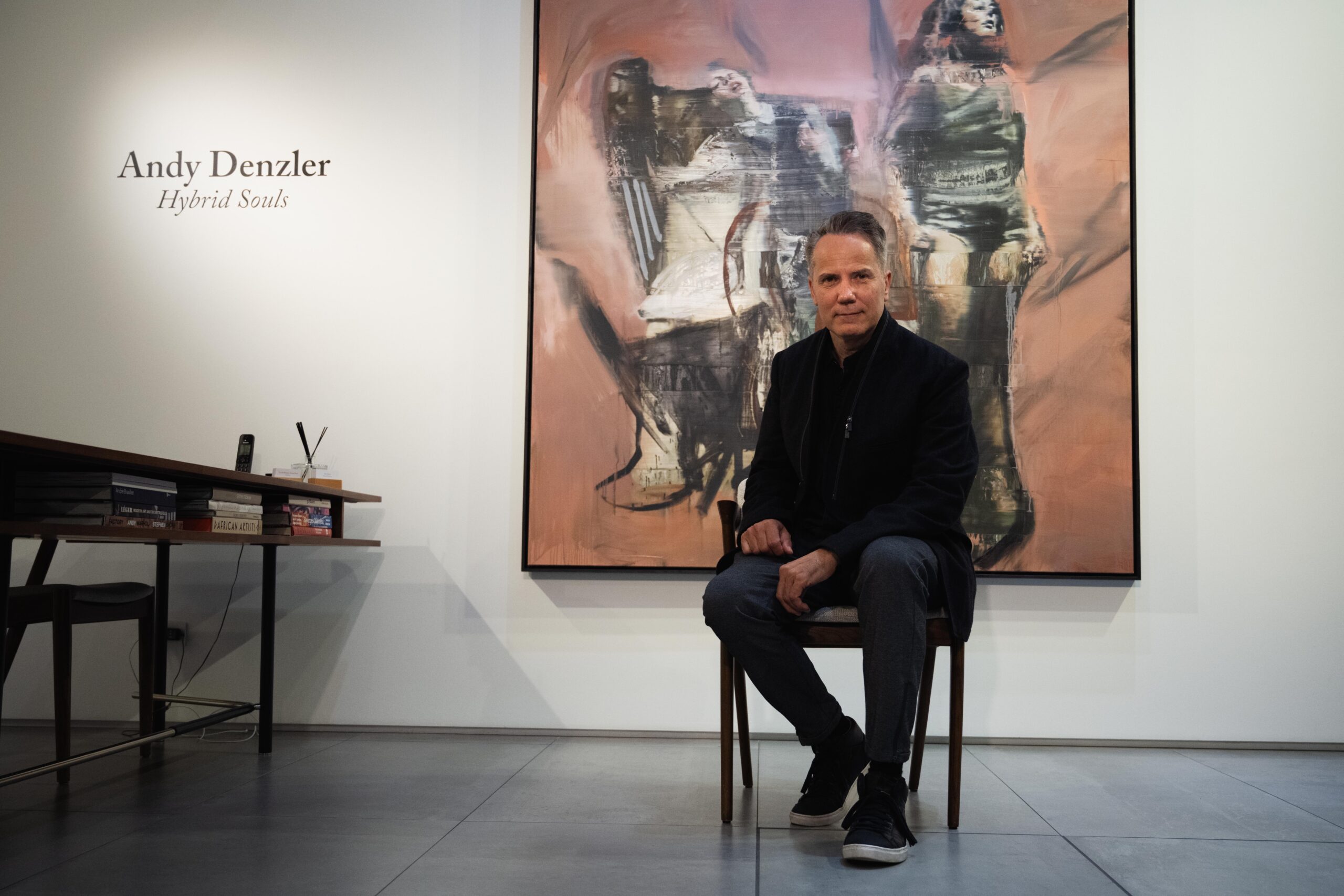A Look at Policy Approaches to the City’s Homeless, New and Old
With Reporting by: Charlotte Woods and Shawn Carrié
If you walk down Sixth Ave. past 12th Street in recent years you may have passed by Dennis. He is in his late 40’s, wears a baseball cap and can be seen either shoveling snow, unloading trucks or giving a neighbor an occasional fist bump. Speaking in a strong eastern Pennsylvania accent, Dennis exuberantly narrates how he recently foiled a robbery attempt. He is a boisterous storyteller.
“I like to tell my stories through my eyes, seeing the good, the bad, you know what I’m saying? You know, about New Yorkers helping New Yorkers.”
Dennis sleeps on the same street corner where he works odd jobs. He is one of the 50,000 homeless residents of New York City.
GOING UNDERGROUND
New mayor Bill De Blasio, who came to office campaigning on pledges to help the least fortunate in the city, has recently announced two policy goals aimed at helping the city’s homeless population: one that develops affordable real estate by closing tax loopholes; and one that allocates an extra $6 million to outreach programs in New York City’s subways.
The Department of Homeless Services estimates that, during Bloomberg’s mayorship, the number of homeless on the streets of New York decreased by under 30 percent, while the amount in subways more than doubled.
The City’s Department of Homeless Services will use the money to employ members of non-profit organization the Bowery Residents’ Committee (BRC) in cooperation with the Metropolitan Transportation Authority (MTA), and will be the operational arm of the expanded outreach measures, bolstering their citywide outreach programs.
Dennis remembers past mayors who were notorious for their strong-arm approach in dealing with the homeless. “When Bloomberg first became Mayor, I guess because he’s a billionaire…the cops… I would be sitting here with a sign, and they would make me move. I guess towards the end of his reign they backed off a bit.”
Instead of using police, the BRC’s field workers, accompanied by MTA personnel, will canvas the subways, approach people living on platforms and train cars, and offer them assistance and let them know what their options are if they want to accept help.
Dennis has personal experience with the BRC. “If you don’t know them, you’re hesitant. You know what I’m saying? But they get you into all types of programs, whether it’s mental illness, addiction, emotional problems, they’ve got you that program. As long as you put the effort in, you get actual results.”
Dennis is a former boxer and Marine, whose lines of work have landed him in the hospital numerous times. “At the time I was addicted to painkillers because I had had so many surgeries. The BRC got me into a program to get off that,” Dennis said. “They are terrific. I actually believe that if it wasn’t for them, I’d be dead.”
In addition to rehabilitation, the BRC offers many other services, including budgeting and administrative assistance, as well as long-term programs.
“They got me on Welfare first. Then they made me apply for SSD (Social Security Disability). Then when I got SSD, they got rid of the welfare, and each time I would get a check from SSD, they would take your check and help you budget it out.”
The BRC’s fiscal year budget for 2013 was $62 million, so the newly allocated $6 million would be about a 10 percent budget increase; provided all or most of the money goes directly to the BRC.
PRETTY VACANT
Even in a city as crowded as New York, there is no shortage of usable space for everyone to live. According to a report by Picture the Homeless, a group that advocates for policies and systems that benefit the homeless, the amount of vacant lots and unused property in NYC could potentially provide more than enough housing for all the homeless in NYC.
Currently, a loophole allows landowners to pay little in property taxes while waiting for vacant land value to appreciate, incentivizing the owners to leave their properties empty and wait for the value to go up. Crain’s New York Business reports that one lot in Highbridge in The Bronx rose in value from $716,000 to $9 million in the past decade, doing nothing more than gathering weeds, and taxed at less than $8,000 a year. Mayor De Blasio has said he intends to close this loophole by dramatically raising taxes on these undeveloped lots.
The city recently negotiated an agreement with real estate development firm Two Trees to include over 30 percent affordable housing in its new development in the former Domino Sugar Factory in Williamsburg, Brooklyn, according to the Department of City Planning. The New York Daily News reported in early March that The City Council had been pressuring the developer for years to include more affordable housing before approving the deal, insisting that the development include more two and three-bedroom affordable housing units, which are less profitable for property owners than single bedrooms and studios, but benefit low-income families.
“The approvals of the borough president and community board were contingent on assurances that the affordable housing promised would be delivered and that the development would include a mix of family-sized units,” City Planning Chairman Carl Weisbrod said at a March 5 press conference.
Affordable housing is defined by the the U.S. Department of Housing and Urban Development as falling within 30 percent of an individual or family’s income which is 80 percent of the area’s median income. Data from the The U.S. Census Bureau show, for example, that the median income in the area where the Domino Sugar Factory development will be located is $87,841 — meaning that “affordable” housing costs could total up to $2,196 per month.
New York City currently operates a Voluntary Inclusionary Zoning program, which incentivizes developers to build more affordable units by permitting them more space to build larger and taller buildings if they do so. But even new affordable housing developments are scarcely enough to keep pace with units being lost every year. According to a report by the Pratt Center for Community Development, 1,900 new affordable units were built in areas designated by the Voluntary Inclusionary Zoning program between 2005 and 2011, while 6,500 rent stabilized units were lost to the market each year from 2005 to 2008.
What’s more is that under the program, developer’s don’t actually have to build the “affordable” units in the same building as new market-price luxury apartments, and can choose to build their quota intended for low-income families separately within the same Community District, which can be often be miles away.
The Voluntary Inclusionary Zoning proved problematic and ineffective since
many developers have either opted out of participating, or found loopholes around it, failing to produce the projected amount of affordable housing. A Mandatory Inclusionary Zoning policy would require a minimum percentage of units for lower-income families on any new developments in the designated areas to be built, and be integrated into construction alongside the homes of their more wealthy neighbors.
HELTER SHELTER
While wanting to help the homeless isn’t a new idea, Bill De Blasio’s policy approach marks a contrasting shift with that of his predecessor Michael Bloomberg. During a press conference held in December 2013 when De Blasio announced that Barrios- Paoli would become Deputy Mayor for Health and Human Services, De Blasio criticized Bloomberg’s approach by stating,“the sad fact is that some of our city’s policies and some of our approach over the years have not helped people to transcend their challenges.” Since then, De Blasio announced last month how he plans to reform two of the largest Department of Homeless Services’ shelters, provide other services through outreach programs and mandate affordable housing through structural policy changes.
Dennis has more immediate concerns: “I’ll put it to you this way: I’m getting to the point where I can not sleep any more. Last night, three o’clock I had somebody puking next to me. I’m really just hoping to get a room for the night.”








Leave a Reply